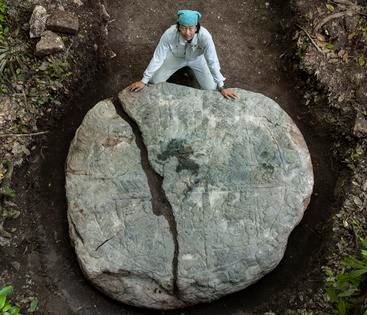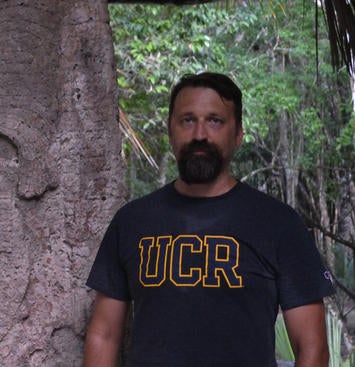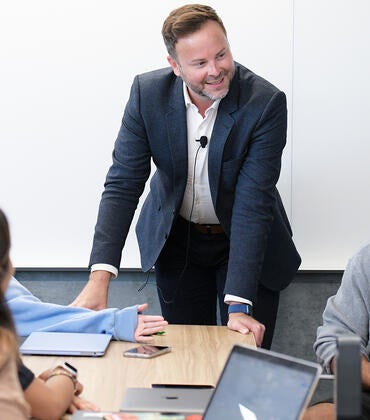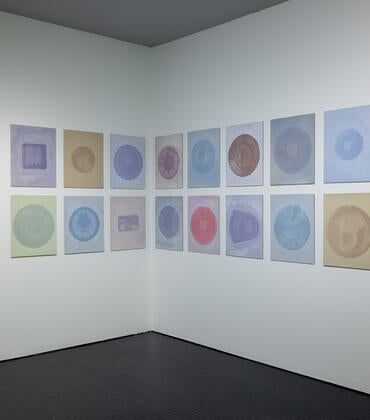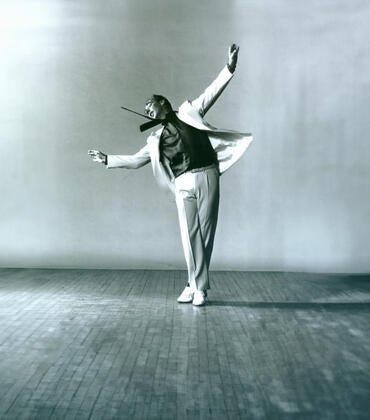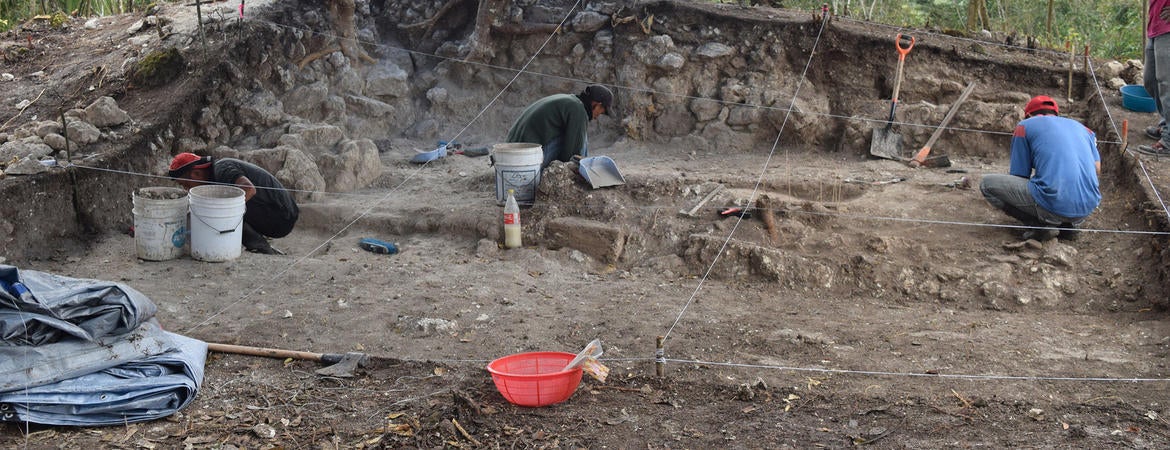
The Department of Anthropology at the University of California, Riverside, has signed an agreement with Mexico’s Ministry of Culture through its National Institute of Anthropology and History. This memorandum of opportunity, completed on May 16, will have far-reaching impacts for researchers and students on both sides of the border.
Established in 1939, the National Institute of Anthropology and History, commonly referred to as INAH, is Mexico’s federal agency dedicated to preserving both tangible and intangible markers of the country’s cultural heritage. The agency has authority over all of Mexico’s historic monuments and archaeological sites, and it trains students to work on many of these sites at its National School of Anthropology and History, or ENAH.
In partnering, INAH and UCR’s Department of Anthropology seek to build on their existing relationship by developing a framework for a range of programs in areas of common interest, including teaching, training, and research. The agreement is also designed to facilitate new avenues of educational exchange, such as the sharing of data, publications, and literature, as well as intercountry travel and training opportunities for students.
“For UCR students, both at the graduate level and even the undergraduate level, this agreement opens up a lot of possibilities by allowing them the ability to participate in field research in Mexico,” said Kenichiro Tsukamoto, an assistant professor of anthropology at UCR.
Tsukamoto’s own archaeological research is based in the Maya lowlands of southern Mexico, where he co-directs the El Palmar Archaeological Project in Campeche with Javier López Camacho, a professor of archaeology at ENAH.
Tsukamoto led the charge to develop and complete the agreement between UCR and INAH, an endeavor that took about three years, he said. Going forward, he'll head a technical committee on behalf of the university to ensure the agreement’s goals are met; in Mexico, the principal of ENAH will assume the same role.
Travis Stanton, a professor in the anthropology department, co-managed the effort with Tsukamoto. Stanton’s research is also based in the Maya lowlands, namely in today’s states of Yucatán and Quintana Roo. He said the agreement will help researchers like himself and Tsukamoto expand upon projects they’ve already established in Mexico and bring new researchers and students into the fold.
“We want to continue the kind of collaborative work we were doing before and offer those same opportunities to students here at UCR, while also fostering a bilateral exchange of ideas and people,” Stanton said, noting UCR’s anthropology department has had a strong Mesoamerican focus for about 30 years.
“We just hired another faculty member who works in Central Mexico at the site of Teotihuacan, bringing our number up to four faculty members who specialize in Mesoamerica,” he added. “That’s a very high number for any institution in the United States.”
Stanton will lead a field season next summer at excavation sites in Yucatán and Quintana Roo. He said the agreement with INAH will give him the opportunity to bring along both undergraduate and graduate students, who will be able to conduct more hands-on research and even work independently on subprojects during their time in Mexico.
Tsukamoto, meanwhile, is leading a field season this summer in Campeche, where he’ll collaborate with two undergraduate and four graduate students from UCR, as well as a team of students from ENAH.
The kinds of immersive experiences afforded by the agreement go “far beyond those of a normal archaeological field school that a student would normally participate in,” Stanton said.
Students will learn about the excavation process but also have the opportunity to involve themselves more thoroughly in research projects and network with fellow students and researchers.
“Being exposed to these kinds of situations early in their careers will really help with students’ professional development,” Stanton said. “They’re learning experiences that will integrate students more into the profession earlier in their careers.”
